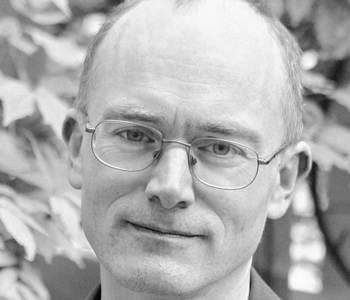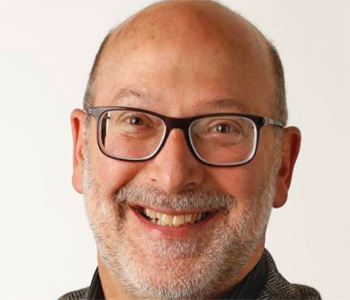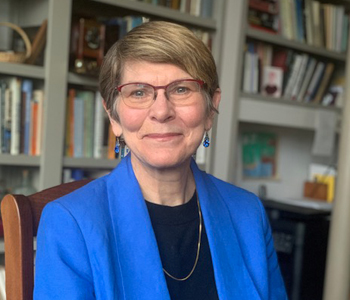Timothy Snyder
Bloodlands: Europe Between Hitler and Stalin
Basic Books
544 pages, 9 1/4 x 6 1/8 inches
ISBN 78 0465002399
Between 1933 and 1945, when both Hitler and Stalin were in power, their two regimes murdered some fourteen million people in the lands between Berlin and Moscow, which I call the Bloodlands.
This region then fell into shadow. Because the lands where Hitler killed during the war—Poland, Ukraine, Belarus, the Baltics, western Russia—all became part of Stalin's empire thereafter.
I argue that the killing in the Bloodlands is the central event of the twentieth century. My book is its history.

We have failed to see the mass death as a single event at a given time and place.
I'm a historian of eastern Europe, I'm a specialist in this region.
I've noticed that in general my colleagues avoid the larger tragedies that struck the lands we've studied, such as the Holocaust or Soviet Terror.
Historians who write about the Holocaust usually focus on Germany, which is where the decisions were indeed made, but not where the killing took place. Meanwhile, historians of the Soviet Union usually don't notice that Stalin's killing policies were most lethal in the western Soviet Union.
In other words, we are all researching the Bloodlands, but we have all failed to see the mass death as a single event at a given time and place.
Each of the episodes I discuss in the book—Stalin's famines, Stalin's shooting campaigns, the joint German-Soviet occupation of Poland, the German starvation of Soviet POWs, the Holocaust—has its own story and its own historiography. But never before have they been brought together.
Partly this is because few people know all of the necessary languages, partly this is because many fear to compare Nazi Germany and the Soviet Union.
My own main purpose was not to compare, but rather to chronicle the individual killing policies of each regime.
What I found was that the interactions between Nazi Germany and the Soviet Union were very often deadlier than anything one regime would have done on its own.
The avoidance of comparison is a luxury in which we can indulge if we wish. The millions of Jews, Ukrainians, Poles, Belarusians, Russians and other Europeans touched by both regimes were condemned to compare.
Probably the last page in the book is the most important to me.
One of my main purposes was to show how many people were killed—starved, gassed, shot—in the Bloodlands between 1933 and 1945.
But another of my purposes was to reclaim the individuality of each victim from these overwhelming numbers. The book ends by recalling individuality and individuals: those who left a trace in notes flung from trains or in diaries found on their bodies.
One source that I cannot forget are the loving last words of a Jewish girl to her mother, scratched on the wall of a synagogue before the girl was taken to be shot.

Another of my purposes was to reclaim the individuality of each victim.
We think we understand the age of Hitler and Stalin and the Second World War. But until we see their major killing policies as applied to the peoples between, we really don't.
The events that we take to be crucial to our own moral judgments took place in east European countries that are only vaguely familiar.
We think we know the similarities and differences between Hitler and Stalin, but thus far we have only scratched the surface.
Twenty years of research in eastern Europe allows us to reject myths, complete histories, and see the outlines of the greatest manmade calamity in the modern West.
Almost everyone agrees that the Holocaust is a—or the—central event of the century. But only when it is described and explained in the east European lands where it took place and as part of a larger history can it be understood and its lessons learned.




We don't put paywalls. We don't distract you with ads. We don't sell your data.
Please help to keep this running!